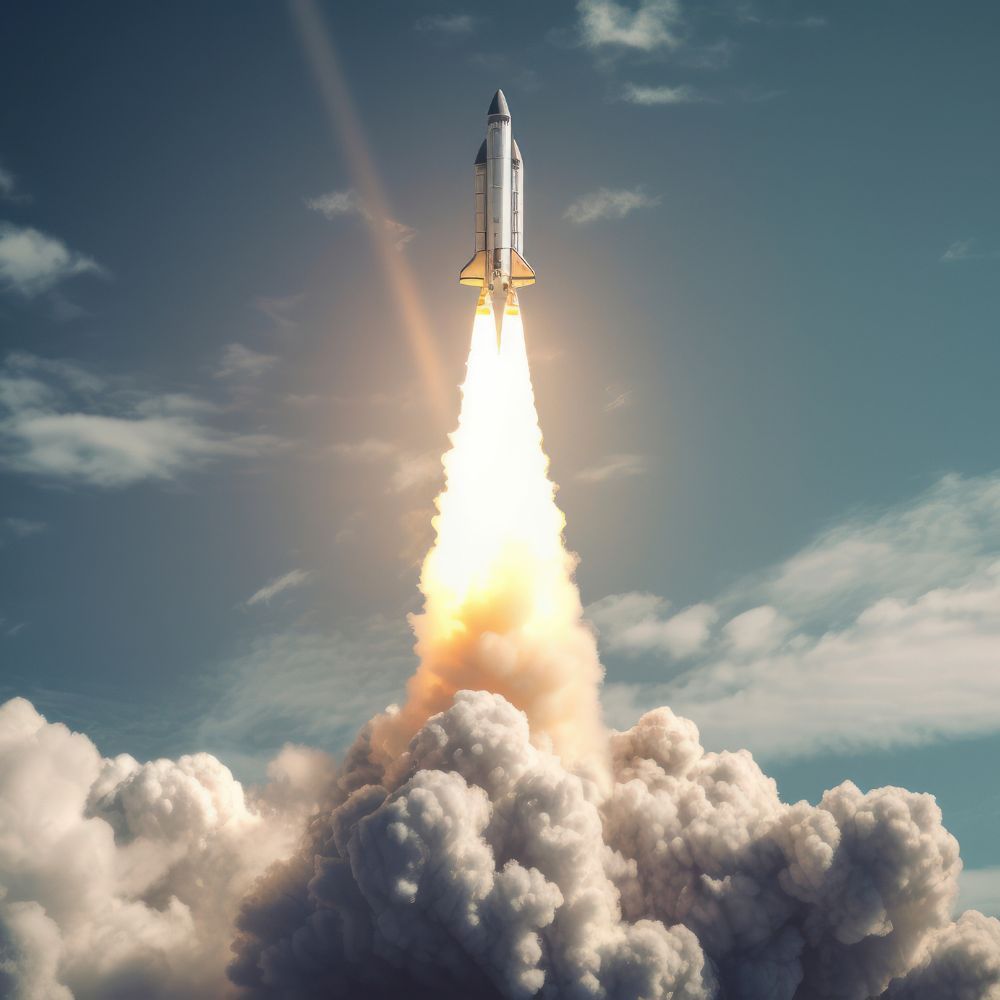SpaceX achieves historic breakthrough: Catches Starship booster in fifth flight test
In a landmark event, SpaceX has successfully caught its massive Starship booster in mid-air during its fifth flight test, marking a significant step toward realizing the company’s goal of building a fully reusable space transportation system. The test took place at SpaceX’s Starbase facility in Boca Chica, Texas, and represented the company’s evolving technology targeted at dramatically reducing the cost of space travel.
The test flight, conducted on October 13, 2024, featured the booster, known as Super Heavy, which serves as the first stage of the Starship system. Super Heavy, standing at a towering 230 feet tall, is designed to lift the upper-stage spacecraft, Starship, out of Earth’s atmosphere. In this trial, after boosting the Starship vehicle to suborbital heights, the Super Heavy booster successfully returned to Earth and was caught by SpaceX’s giant launch tower, a structure equipped with chopstick arms designed to gently catch the descending rocket.
A Milestone in SpaceX’s Vision for Reusability
This achievement is a pivotal moment in SpaceX’s broader vision of creating a fully reusable rocket system. SpaceX has long been a pioneer of rocket reusability, starting with the Falcon 9 booster, which is now a workhorse in the commercial space industry, known for landing on ocean barges or land-based platforms after delivering payloads to orbit. However, catching a booster of Super Heavy’s size is a far more complex task.
Previous test flights of the Starship system involved attempts to land the booster in the ocean or on a pad for recovery, with mixed results. During earlier tests, SpaceX tested Super Heavy’s engines, flight dynamics, and descent mechanisms, gradually fine-tuning the landing process. However, this fifth test represents the first time the booster was caught using the tower’s arms, a move that eliminates the need for landing legs and further reduces weight and complexity in the rocket’s design.
By successfully catching the booster with the launch tower, SpaceX is pushing the boundaries of how efficiently rockets can be reused, moving closer to a system where rockets can be rapidly refurbished and launched again, possibly within hours or days of recovery. This could revolutionize space access, making it cheaper and more frequent than ever before.
Technical Details and Test Highlights
The fifth flight test saw Super Heavy perform several key maneuvers that reflect the evolving sophistication of SpaceX’s flight systems. The booster lifted off smoothly, with 33 Raptor engines providing thrust. The separation from the Starship upper stage went as planned, after which Super Heavy executed its descent using grid fins to control its orientation and speed.
As the rocket neared the ground, the massive “chopsticks” on the launch tower were activated. These are robotic arms designed to precisely position themselves beneath the returning booster and catch it mid-descent. The test demonstrated their ability to capture and stabilize the booster without the need for a hard landing.
Looking Ahead: Starship’s Orbital Ambitions
The successful recovery of Super Heavy represents a crucial step toward SpaceX’s ambition to use Starship for a variety of missions, including trips to the Moon, Mars, and beyond. The next phase of testing will likely focus on achieving a successful orbital flight with both stages fully operational.










